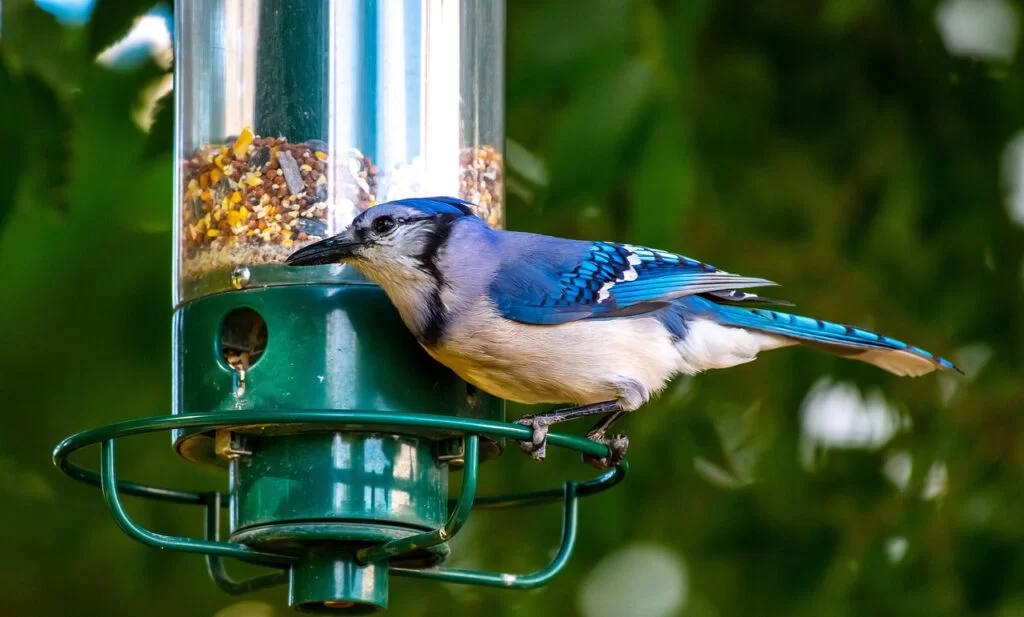For bird enthusiasts, few experiences are as rewarding as spotting rare and exotic birds in their own backyard. Attracting these unique species requires more than a typical feeder filled with generic seed. Rare and exotic birds often have specific dietary needs and preferences, making it essential to choose feeders that cater to their what is the best bird feeder camera unique behaviors and nutritional requirements. This guide explores the best bird feeders designed to attract these elusive feathered friends while enhancing your backyard birdwatching experience.
Understanding Rare and Exotic Birds
Rare and exotic birds are often highly selective about their feeding habits. They may favor specific seeds, fruits, or nectar, and many are particular about the feeder’s location, size, and design. Understanding the preferences of the birds you hope to attract is key to creating a welcoming environment. For instance, brightly colored nectar feeders can attract hummingbirds, while specialized platform feeders might lure bird feeder camera best buy fruit-eating tropical birds.
Types of Feeders for Rare and Exotic Birds
1. Nectar Feeders
Nectar feeders are essential for attracting hummingbirds and other nectar-loving species such as orioles. These feeders often feature brightly colored designs to catch the attention of these vibrant birds.
Top Pick: First Nature 16 oz. Hummingbird Feeder
This feeder combines functionality with aesthetics, featuring bright red accents and an easy-to-clean design. Its capacity ensures a steady supply of nectar, essential for maintaining energy levels in these fast-flying birds.
Tips:
- Use a homemade nectar solution (1 part sugar to 4 parts water) and avoid food coloring.
- Clean the feeder frequently to prevent mold growth.
2. Fruit Feeders
Fruit feeders are perfect for tropical species and birds like orioles, tanagers, and waxwings. These feeders typically feature prongs or cups to hold fresh fruit slices or jelly.
Top Pick: Birds Choice Oriole-Fest Fruit Feeder
This feeder includes spaces for oranges and small cups for jelly, ideal for attracting fruit-loving birds. Its durable design ensures long-term bird buddy vs birdy bird feeder camera use in all weather conditions.
Tips:
- Offer a mix of fresh fruits such as oranges, apples, and bananas.
- Place the feeder in a shaded area to keep fruit fresh longer.
3. Platform Feeders
Platform feeders are versatile and can hold a variety of foods, making them excellent for attracting ground-feeding rare birds like quails or grosbeaks.
Top Pick: Nature’s Way Cedar Platform Feeder
This sturdy platform feeder is constructed with weather-resistant cedar and a mesh bottom for drainage. Its open design accommodates seeds, fruits, and mealworms, attracting a wide range of species.
Tips:
- Use high-quality seed blends to attract rare species.
- Regularly clean the platform to prevent spoilage and disease.
4. Specialty Seed Feeders
For birds with specific seed preferences, such as goldfinches and buntings, specialty seed feeders are ideal. These feeders are designed to hold specific seed types, such as nyjer or safflower.
Top Pick: Aspects Quick-Clean Thistle Feeder
This feeder is tailored for small birds that enjoy nyjer seed, such as goldfinches. Its durable design and quick-clean base make maintenance easy.
Tips:
- Keep seeds fresh by storing them in an airtight container.
- Position the feeder in a quiet area to attract shy birds.
5. Suet Feeders
Suet feeders are excellent for attracting woodpeckers, nuthatches, and other insectivorous birds. These feeders hold high-energy suet cakes, which are especially beneficial during colder months.
Top Pick: Stokes Select Suet Cage Feeder
This simple yet effective feeder can hold large suet cakes and is designed to deter squirrels with its sturdy metal construction.
Tips:
- Choose suet cakes with added nuts, berries, or insects to appeal to exotic birds.
- Hang the feeder from a tree branch to mimic natural feeding behaviors.
Creating an Ideal Feeding Environment
Attracting rare and exotic birds isn’t just about the feeder—it’s also about the surrounding environment. Consider these tips to make your backyard more inviting:
- Plant Native Vegetation: Native plants provide natural food sources and shelter, encouraging rare species to visit.
- Offer Fresh Water: Add a birdbath or small fountain to provide a reliable water source for drinking and bathing.
- Ensure Safety: Place feeders away from potential predators like cats and ensure they are easily visible but not exposed.
- Be Patient: Rare birds may take time to discover your feeders. Consistency in food supply and habitat maintenance will eventually pay off.
Monitoring and Maintenance
Once you’ve set up feeders for exotic birds, regular maintenance is critical. Clean feeders at least once a week to prevent mold, bacteria, and pests. Monitor the types of birds visiting your feeders and adjust your offerings based on their preferences. For example, if you notice orioles frequenting your yard, ensure your fruit feeder is consistently stocked.
Conclusion
Attracting rare and exotic birds to your backyard is a delightful challenge that requires thoughtful planning and care. By selecting the right feeders and creating a bird-friendly environment, you can enjoy the thrill of spotting unique species while providing them with a reliable source of nutrition. Whether it’s a nectar feeder for hummingbirds or a platform feeder for tropical birds, each type of feeder plays a role in building a vibrant and diverse avian community. With patience and dedication, your backyard can become a haven for some of nature’s most remarkable birds.

